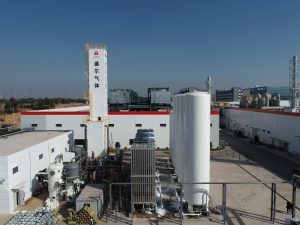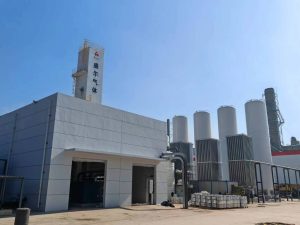1. Overview of Air Separation Technology
In industry, air separation sits in the background until purity or pressure becomes critical. An ASU takes in ordinary air, removes water and CO₂, and—after a staged cooling path through plate-fin exchangers—drops the stream to cryogenic temperature so that components can be split by volatility.air separation unit
From there the use cases diverge. Oxygen supports combustion and controlled oxidation in steel and non-ferrous refining. Nitrogen is the workhorse for blanketing and purging; it keeps sensitive syntheses and semiconductor steps from drifting off spec. Argon is the specialist: small in fraction, important in precision welding and additive metallurgy because it protects surfaces under thermal load.
Incremental changes—higher-efficiency compression, better column internals, tighter controls—have pushed specific energy down and made rundowns steadier. The result is a unit that demands less intervention while delivering more consistent product quality.
In practice, the configuration of ASUs has evolved continuously. Engineers have introduced efficient plate-fin heat exchangers, compact compressors, and integrated control systems that allow plants to operate more steadily and with lower power demand. Compared with the large-scale installations of the past, these systems now consume less energy and require minimal human supervision — a result of digital monitoring and improved thermodynamic design. Over time, such progress has turned air separation from a background utility into an essential element of industrial and energy infrastructure worldwide.
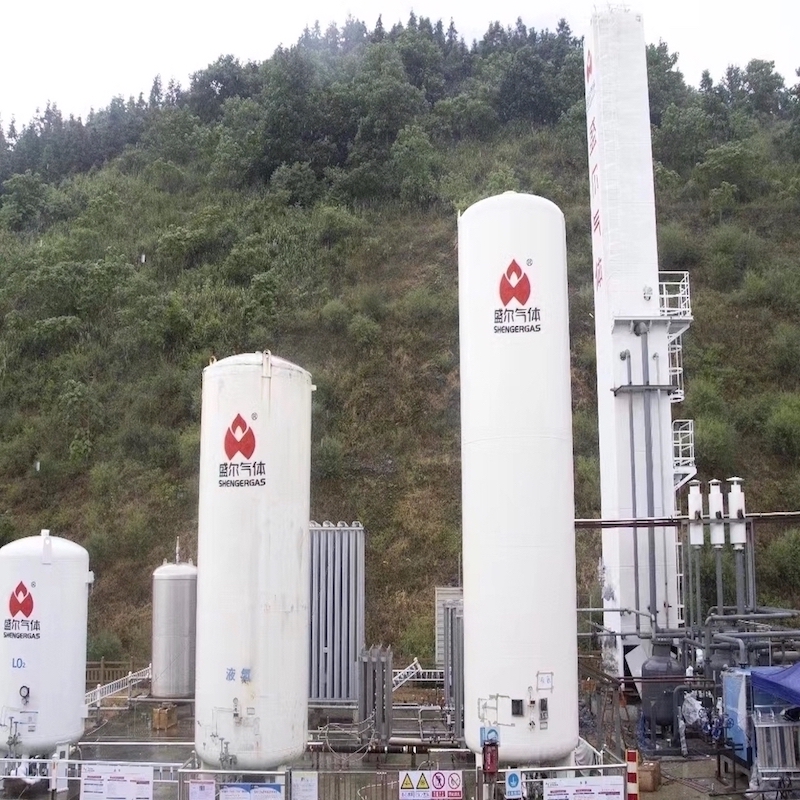
2. Classification of Air Separation Units
2.1 Process Categories: Cryogenic vs. Non-Cryogenic
Air separation takes many engineering forms, each designed to meet particular goals in gas purity, production rate, and working pressure. Over the years, both cryogenic and non-cryogenic systems have taken their own paths in gas production. Cryogenic plants kept moving toward larger capacity and higher purity, becoming the standard where reliability is critical. Non-cryogenic units went the other way, focusing on lower power use, quick start-up, and simple on-site operation that fits smaller or distributed users.
2.2 Cryogenic ASUs
Cryogenic units still define the high-end of air separation. Built for continuous duty, they deliver oxygen and nitrogen at purities that can exceed 99.999%—a standard required in steel refining, petrochemical plants, and modern power stations. The process requires substantial power, but its proven stability and thermodynamic efficiency have kept it the preferred option for large-scale gas production. Within the distillation columns, recovered cold energy and precisely managed reflux help maintain temperature balance, allowing continuous operation for extended periods while preserving consistent product quality.(air separation unit)
2.3 Non-Cryogenic ASUs
In many plants, non-cryogenic systems—Pressure Swing Adsorption (PSA), Vacuum PSA (VPSA), and membrane units—fill the gap where a steady on-site gas source is needed but ultra-high purity isn’t. They’re designed for convenience more than complexity, turning out oxygen or nitrogen in the 95-to-99-percent range. These units come online fast and take up very little space, so they’re often chosen by glass makers, food packagers, and small chemical producers who want reliable supply without the burden of cryogenic refrigeration. The trade-off between efficiency and purity defines their value: they favor autonomy and responsiveness over absolute yield.air separation unit
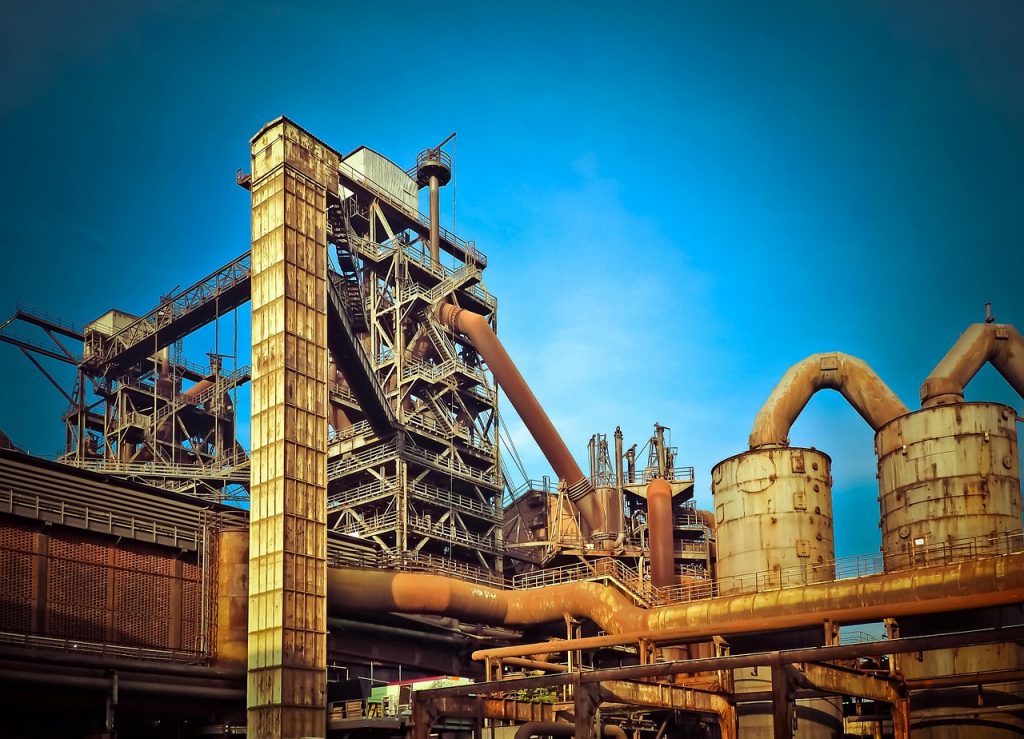
2.4 Compression Configurations
Modern ASU configurations also differ by compression mode. Internal-compression units, which deliver liquid oxygen or nitrogen directly at process pressure, reduce downstream energy cost. External-compression systems, by contrast, prioritize flexibility for multiple users. Such diversity allows engineers to select equipment not merely by capacity, but by integration level, power efficiency, and the specific gas network it must support.
3. Development Trends and Future Direction
3.1 Efficiency and Automation
The development of air separation units has followed the broader direction of industrial progress—driven by the need for lower energy consumption, improved automation, and a smaller environmental footprint. Step-by-step enhancements in design, such as more efficient expanders, advanced compressors, and better column internals, have gradually reduced specific power use by more than one-third compared with units installed twenty years ago. Automation now defines daily operation. Modern control platforms track column balance, energy recovery, and purity in real time, often requiring no continuous operator presence.
3.2 Digitalization and Modularization
In most new ASU installations, digital control is part of the design from the start. Operators now rely on predictive tools and sensor feedback to catch small shifts in pressure or temperature before they affect output. In large plants, the control system links compressors, cold boxes, and storage tanks in a single loop that balances power automatically as conditions change. Smaller modular units follow the same idea but on a tighter scale.
In practice, most modular ASUs are finished and checked long before they ever reach the job site. By the time the equipment shows up, the setup feels almost routine—hook up a few lines, run the checks, and let the control system take over. The first start is usually uneventful; crews spend more time waiting for readings to stabilize than fixing things. It’s a simple process, and people on site often mention how calm those start-up days have become compared with the old builds.
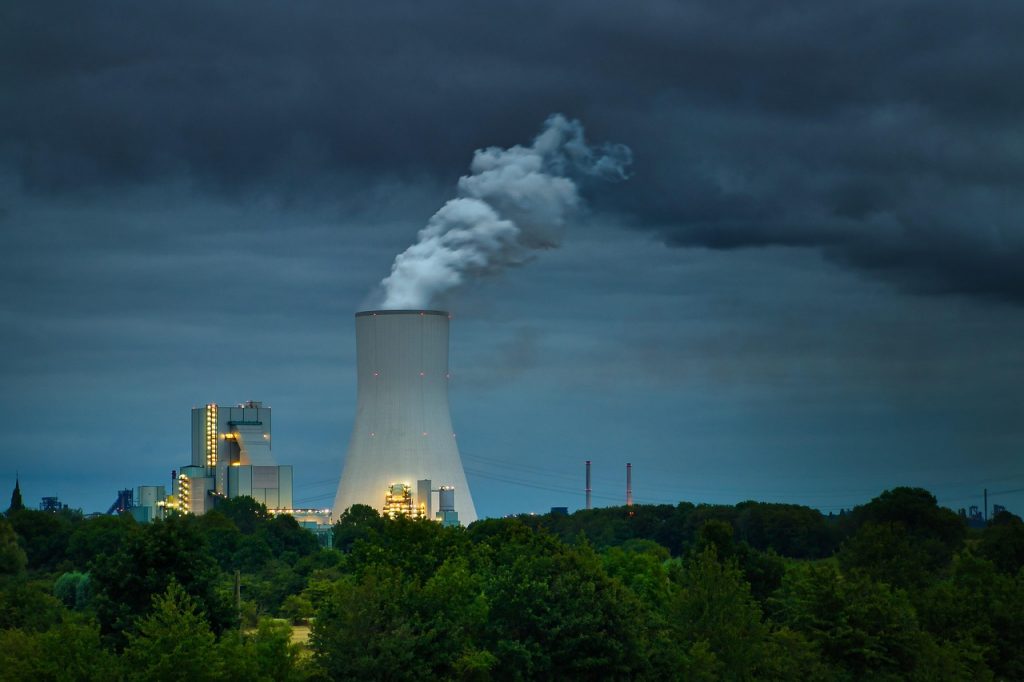
3.3 Toward Integrated and Intelligent Systems
Looking ahead, air separation will stay at the heart of cleaner industrial processes. As energy systems shift toward lower emissions, the demand for dependable oxygen and nitrogen continues to grow. New plants are already blending cryogenic units with PSA or membrane technology, using digital controls to fine-tune output and recover cold energy that used to be wasted. Step by step, the ASU is turning into a smarter, more adaptable part of the production chain rather than a background utility. What began as a background utility is steadily becoming an intelligent infrastructure that links manufacturing, energy, and environmental performance into a single engineered system.

